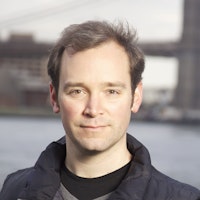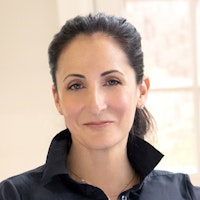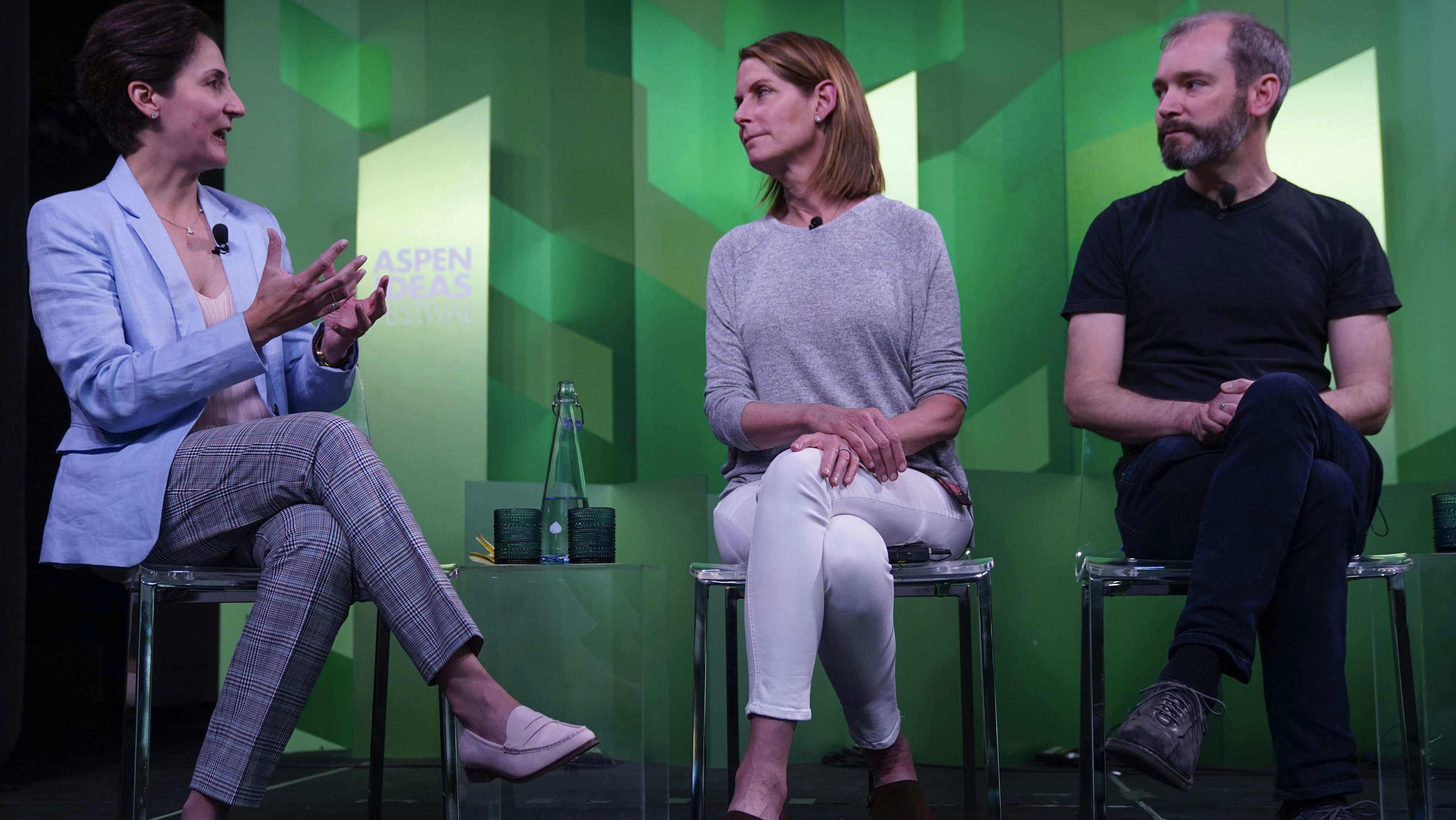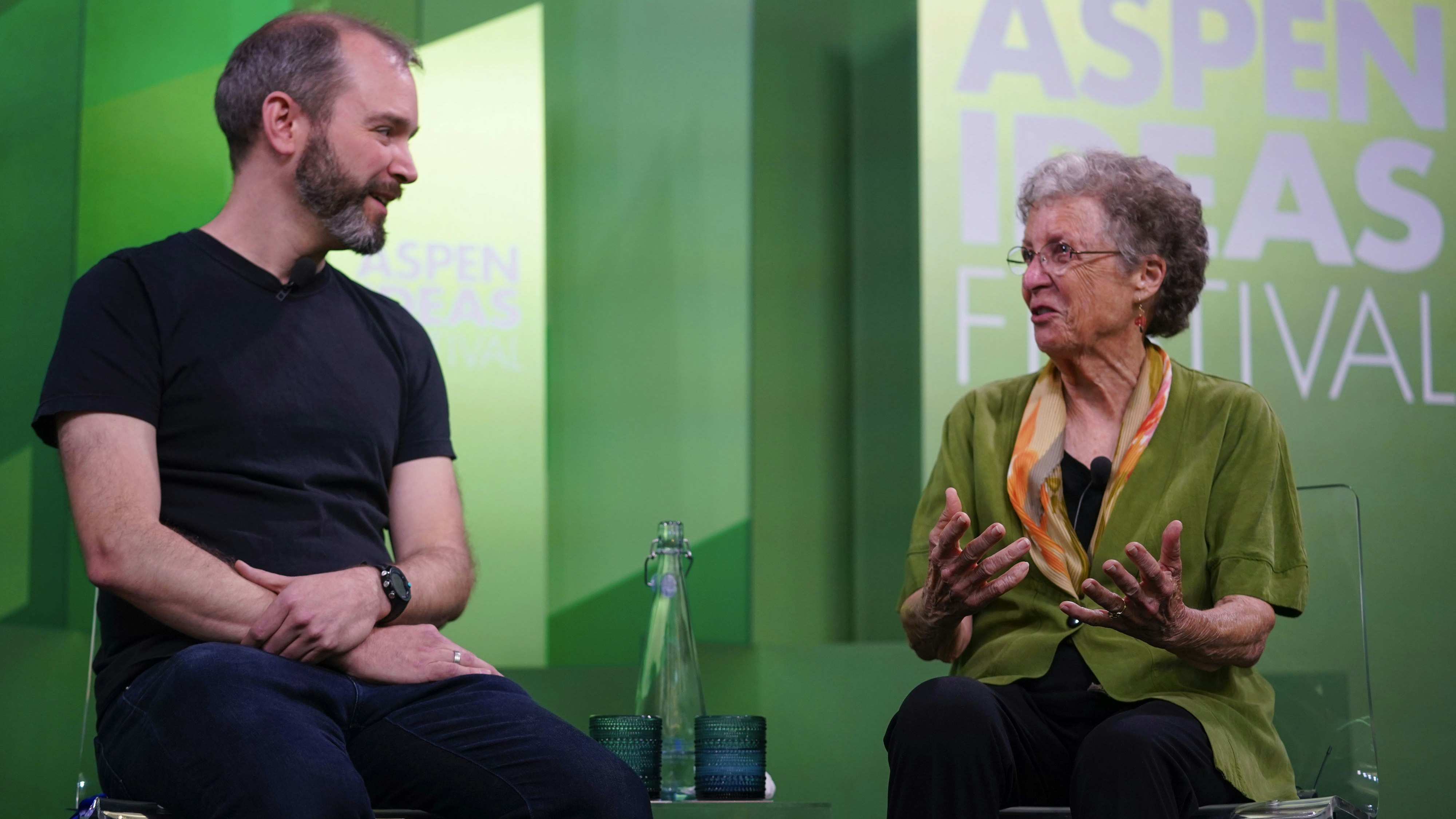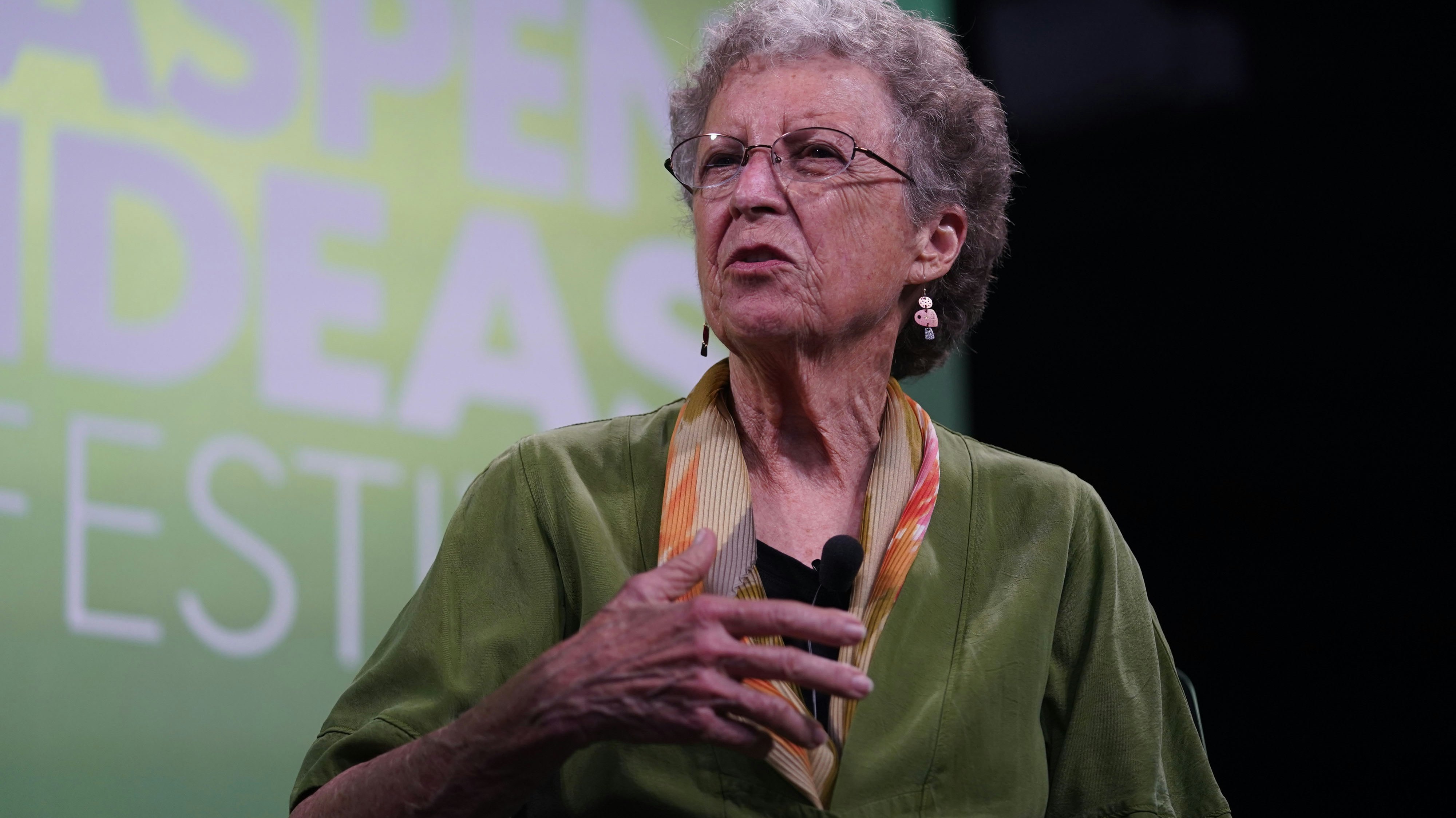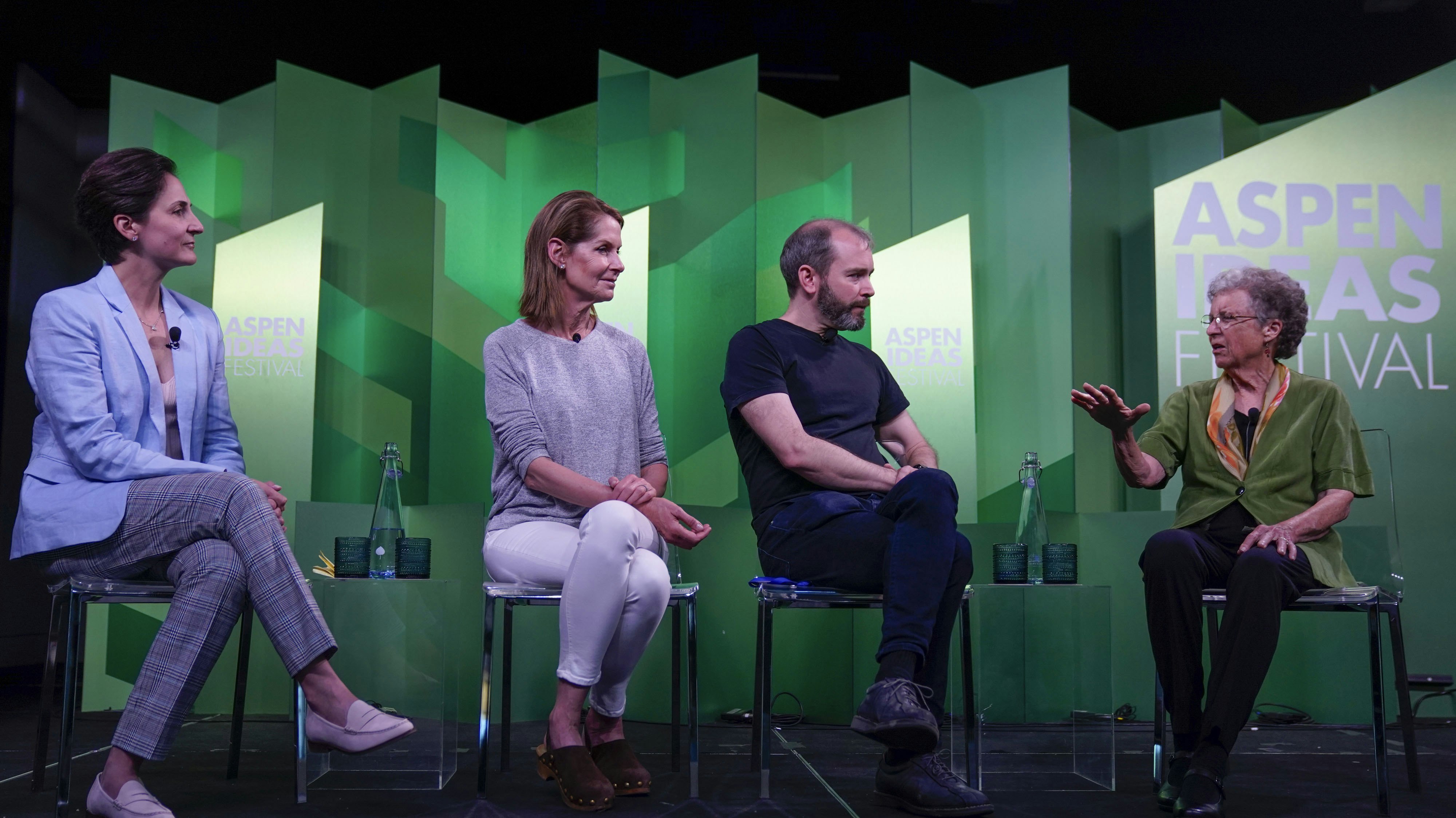
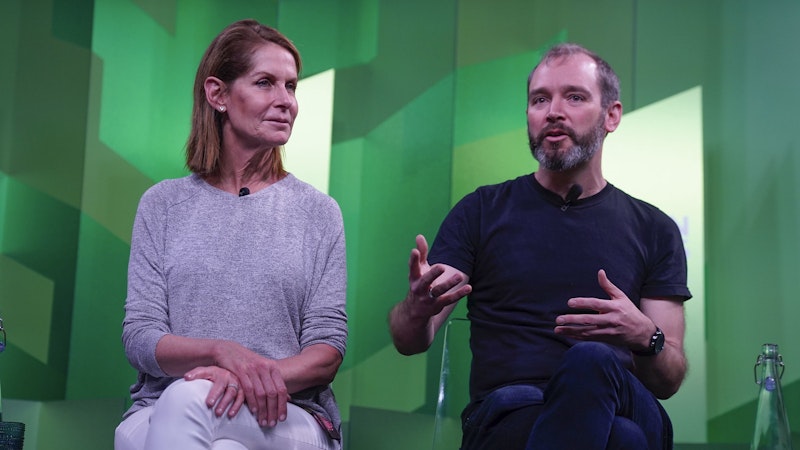
Alternate Endings: Six New Ways to Die in America
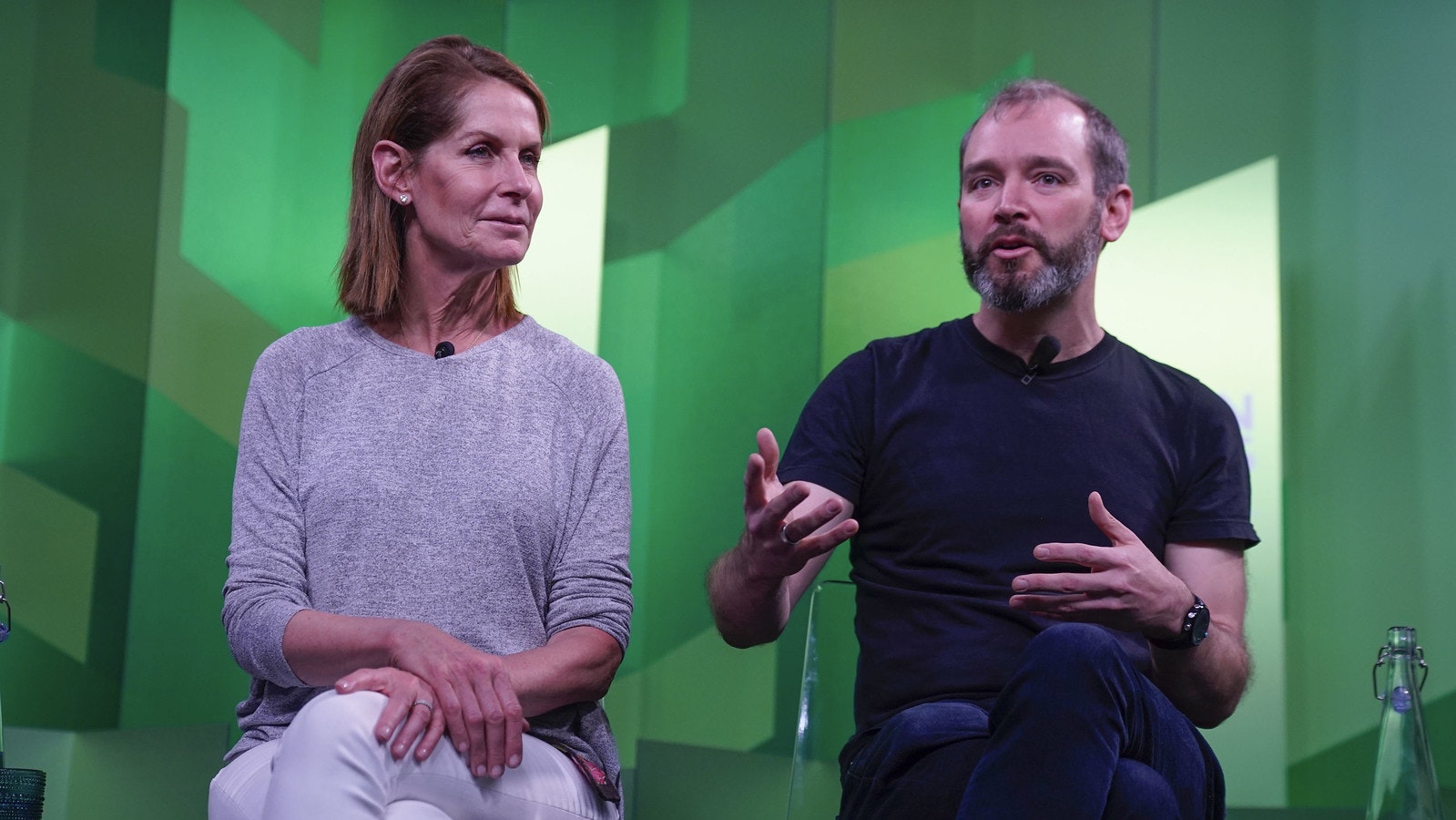
The overriding theme that we kept on returning to was control and ownership and change.
Setup
Although death is every bit as much a part of life as birth, we pretend it isn’t there. Perhaps it’s time that changed. The soon-to-be released HBO documentary Alternate Endings: Six New Ways to Die in America, tackles this final taboo. Join the filmmakers for a sneak peek and a frank discussion about end of life options. How might we design more meaningful deaths?
- 2019 Festival
- Arts
- Society
- Full transcript
Breathing new life into conversations about death
What compelled filmmakers Perri Peltz and Matthew O’Neil to create a documentary about a topic that’s mostly discussed in hushed tones and with sadness? Peltz and O’Neil say society’s reticence to talk about death and dying is stopping us from having conversations that could fundamentally alter how we think about the last stage of our lives:
How filming the end of your life could help others
Deleaua and Dick Shannon are one of six families profiled in Perri Peltz and Matthew O’Neil’s documentary “Alternate Endings: 6 New Ways to Die in America.” Dick was terminally ill with a rare form of cancer, and after he was diagnosed he decided he wanted to take life-ending drugs once his condition degraded. He and his spouse Deleaua were understandably reluctant about allowing filmmakers to be present during the lead-up to, and eventual end of, Dick’s life. But they came around to seeing it as an opportunity to help others:
When to talk about death and dying
Is there a good time to talk about death and dying? Panel moderator and rabbi Jennifer Krause asks Deleaua Shannon about when Deleaua and her husband Dick started the heartbreaking conversation about Dick’s impending death:
After Dick was diagnosed with a terminal form of cancer, the couple talked for the first time about their true wishes for the final stages of their lives. They had already decided on some superficial things (like what song to play during their final moments), but the big questions, like how they wanted to spend their last days together, went unanswered until it was almost too late.
The empowerment that comes from choosing how to die
“His pain was not from the cancer, his pain was the mental pain,” Deleaua Shannon says of her late husband Dick. He feared being a burden on his loved ones above all, and it caused him grief knowing that his terminal cancer would eventually force the burden of his care onto his family. That’s why Dick decided to take life-ending drugs:
There was nothing to be done about Dick’s physical condition, but his ability to research, plan, and have agency over the end of his life allowed him to at least let go of his mental anguish around dying. Perri Peltz and Matthew O’Neil hope their documentary will help more people like Deleaua and Dick decide how they want to greet the final stage of their lives.
Learn More
Additional Information
Resources
Alternate Endings: Six New Ways to Die in America—HBO
Explore More
Arts


Young people in America are struggling. The causes are varied and may not be entirely clear, but the results are unfortunately unmistakable. Many of our youth feel lonely, iso...

October is National Book Month, and we’re celebrating by looking back at some of our favorite conversations about reading and writing from the Aspen Ideas Festival and Aspen I...

Friends, partners, children, families, coworkers — these connections profoundly shape our lives, and even in the best of times, navigating them takes real work. It also means...

New York Times columnist and bestselling author David Brooks is known for bringing his thoughtful reflections on politics and culture, but at this year’s Aspen Ideas Festival,...

Jump in by watching our 15 most popular talks of all time. From black holes to jazz and civil rights to psychology hacks, we've collected the talks that remain audience favori...

Finding the national and global headlines understandably bleak lately? Whether you need mental distraction or stimulation, engross yourself in compelling topics and get a gli...

Today's kids are coming of age against a backdrop of political, social, technological and economic upheaval. While these circumstances are shaping a precocious generation that...


Hope seems like a simple concept, but the feeling can be difficult to hold onto. And when times are difficult and chaos swirls around us, it’s more important than ever. How do...

Advocates, healthcare providers, legislators, researchers, and venture capitalists are bringing the unique health needs of women to light – from vigorous policy debates on iss...

Ethical dilemmas, stakeholder pressure, building trust — leading organizations requires wisdom and stamina from the top. Who wouldn’t want some advice?

What makes us happy — really? How can we raise resilient and empathetic children? What does it mean to be truly connected in our increasingly digital world? Can we re-instill...
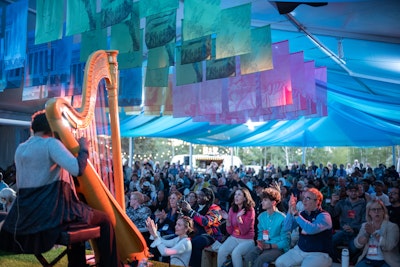
The arts are not just forms of expression, but powerful forces that shape culture and the human experience, both reflecting and influencing our world. Join renowned artists, w...
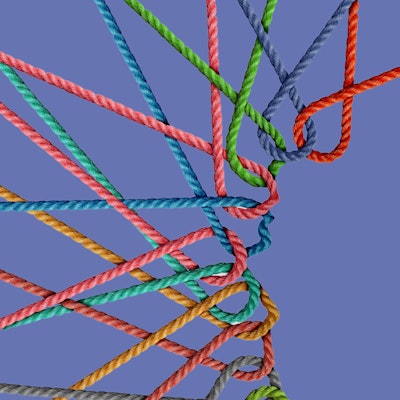
Our need for human connection is profound and deep. Yet, today, one in two adults are living with measurable levels of loneliness – and the numbers are even higher among young...
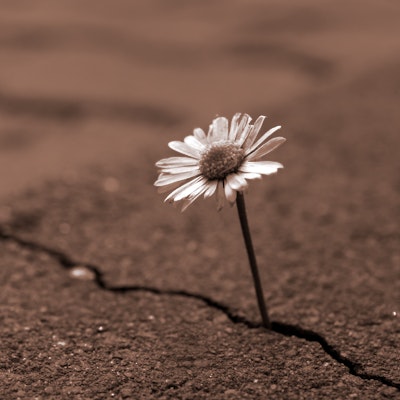
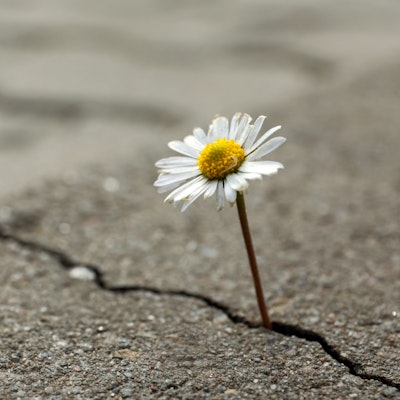
Conflict and suffering can bring out the worst in people, but it can also bring out the best. This is one of the lessons New York Times columnist Nicholas Kristof has learned...


The federal right to abortions in the United States has been overturned, access to contraception and IVF services are threatened in many states, and the gender wage gap persis...

As one of the foremost reporters of his generation, Nicholas Kristof has been witness to century-defining events and atrocities around the world. How has he managed to weaponi...

Henry Louis Gates Jr. — one of America’s leading public intellectuals and director of the Hutchins Center for African and African American Research at Harvard — explains the i...
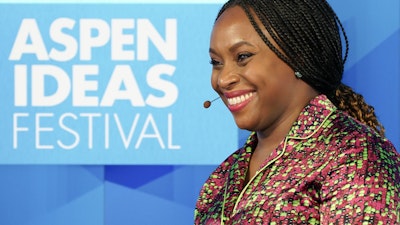

A nonbinary comedian challenges us to question our notions of self, gender and society, and opens our eyes to what we may gain in the process.

Why do some conversations succeed while others stumble? The neurology and psychology of communication offer surprising explanations for why human connection goes right or wron...






